Slapping plastic down when we pay for a purchase is more common these days than counting out change. But did you know that in 2020, over half of card payments were debit card payments?
Many people choose debit cards over credit cards due to the fees and limits associated with credit. Plus, debit cards make it easy to pay for the things we need without having to have cash on hand.
With that said, it’s much easier to overdraft with plastic than it is with cash. But can you actually overdraft your debit card?
We’re here to answer that question for you in case you need to overdraft your checking account with your debit card. Spoiler alert: it is possible to overdraft your debit card, with some caveats.
While it’s a good financial habit to avoid overdrafts as much as possible, the real world doesn’t always work that way. If you need to access some extra cash in a pinch, overdrafting your debit card can help make ends meet.
Are you ready to learn more about how to overdraft a debit card? Let’s get started!
When Can Overdrafts Occur
It’s common for most people to think that overdrafting your account is the result of poor financial habits. Plus, banks that let you overdraft make a killing on overdraft fees.
However, overdrafts and their fees can blindside many of us. It’s easy to check your bank account balance on your smartphone and give it no more than a glance.
For example, you might incur an overdraft fee as a result of:
- Writing a check
- Making automatic bill payments
- Debit card transactions
- ATM transactions
- Unaccounted for charges
Most banks have several overdraft policies in place to allow for certain transactions (at their discretion), even if you don’t have enough funds in your account. These policies can act as a safety net in case you overdraft on accident.
Overdrafting consistently should alert you to reconsider your spending habits. If you don’t have enough money to spend, it’s probably not a good idea to spend money you don’t have.
Depending on where you bank, you may or may not have to pay an overdraft fee. It all depends on how much you overdraft and how long it takes you to boost your balance back into the positive.
As of 2010, banks require you to opt-in for ATM and debit card coverage for overdrafts. If you’re not sure if you’re enrolled or not, it’s a good idea to assume you’re not and call customer service to set your status as you prefer.
Overdrafting a Debit Card
Overdrafting with your debit card isn’t a great option if you want to avoid bank fees. However, this coverage does allow you to cover expenses if you don’t get paid today or the next day.
Most banks require you to opt-in for everyday debit card transactions, if they offer it. This is often the same coverage for ATMs that let you overdraft.
Banks still retain the right to approve or deny transactions that overdraft your account at their discretion. In addition, the overdrafting limits for each account are determined by the bank as well.
The idea of overdrafting is that it’s temporary. You should make every attempt to bring your account balance back into the positive to avoid additional overdraft fees, including extended overdraft fees that will continue to drain your bank account.
Most overdraft fees are around $35, depending on where you bank and by how much you overdraft your account. If you fail to bring your account back into the positive for more than a week or two, many banks will close your account, report your account to a collections agency, and file a report with the credit bureaus.
If you want to avoid these issues, it’s all a matter of spending within your limits. Overdrafting your debit card is possible, but it’s not a privilege you should take advantage of unless it’s absolutely necessary.
How to Overdraft a Debit Card
Most banks are ambivalent about overdraft fees. As much as they don’t want you to overspend, they do make a tidy sum on overdraft fees as a whole.
If you’re not sure how to overdraft a debit card, here’s a step-by-step process to get you started:
- Log on to your online or mobile account and navigate to your overdraft options for the account in question. You may have to opt-in for coverage on every account you have separately.
- Look for an option entitled “everyday debit card transactions” or similar. Toggle this coverage on to enable it.
- Make a purchase and overdraw your account as you normally would. The coverage should kick in and allow you to overdraw your account, provided your bank approves the transaction.
- You’ll see an overdraft fee appear on your statement. You can act quickly to waive that fee or minimize it with no further overdrafting transactions.
- Deposit money back into your account as soon as you can. Bring your account balance back within a specific time limit and you could avoid the overdraft fee altogether.
That’s the general idea when it comes to overdrafting with a debit card. Let’s take a closer look at some of the policies the most popular banks have when it comes to overdrafting with a debit card.
Bank of America
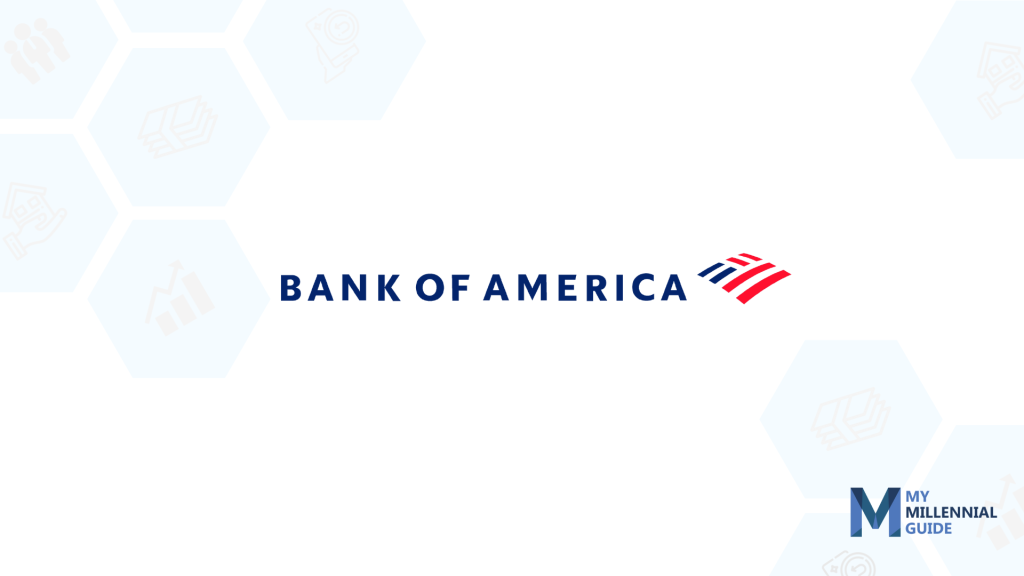
Bank of America overdraft fees come in at $35 per transaction, with up to four transactions allowed per day. While standard overdraft coverage automatically denies any debit card transactions, the Emergency cash at the ATM service allows you to overdraft when you withdraw money from an ATM.
However, if you’re able to bring that balance back up to $0 or more before the end of the same day, you can waive the $35 overdraft fee.
Capital One
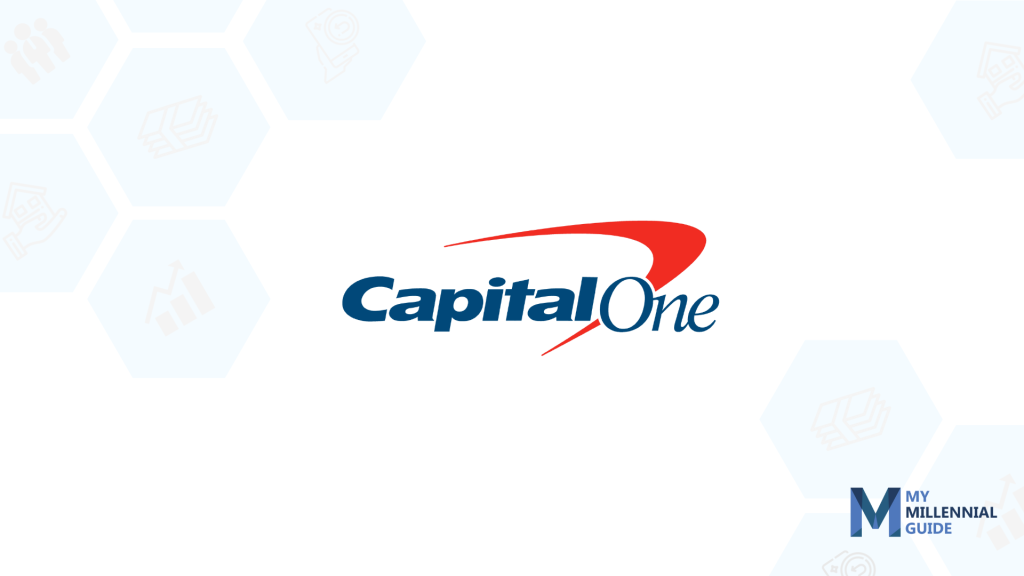
The Capital One overdraft limit is no longer in effect as the bank discontinued charging overdraft fees. While some other large banks have followed suit, Capital One was one of the first to set the bar.
However, Capital One has not given up the right to accept or deny overdrafting transactions at its discretion. Past acceptance of a transaction does not guarantee future acceptance either.
Chase
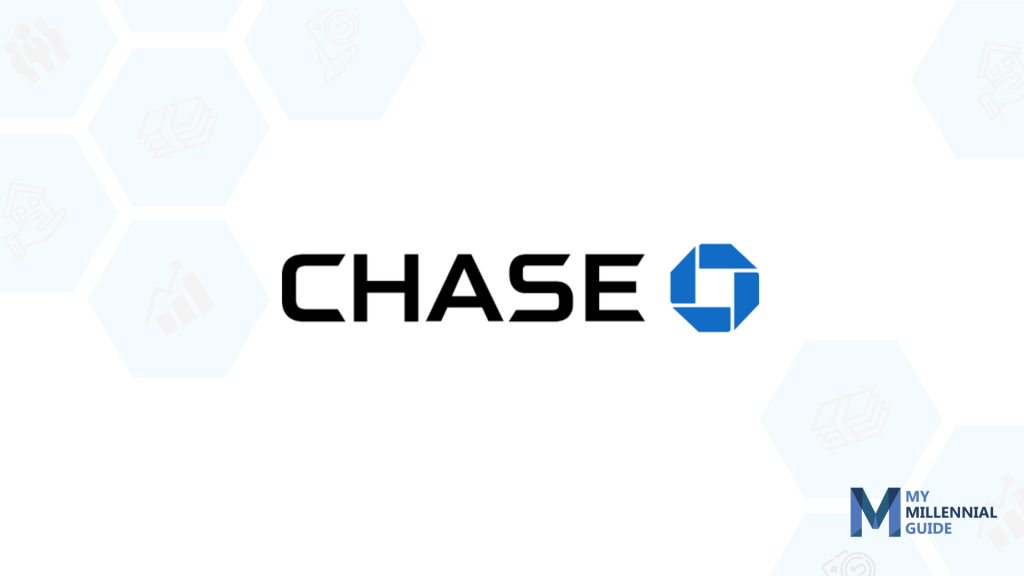
Chase overdraft limits restrict your ability to overdraw your account via an ATM. Provided you opted into the proper overdraft protection tier and linked your savings account, any overdrafting you do is covered by the linked account when you pull out cash via an ATM.
PNC Bank
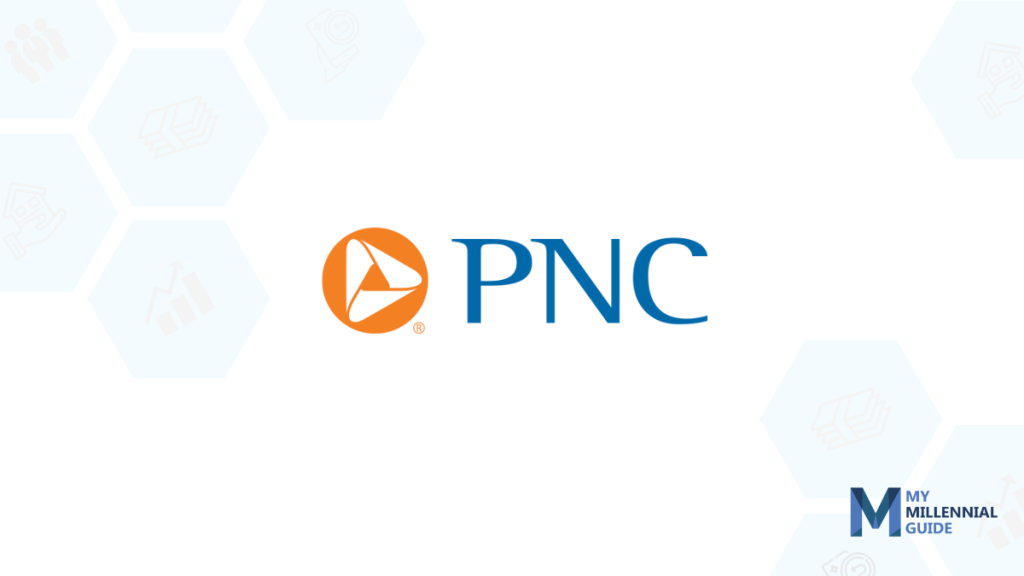
You’ll pay $36 every time you overdraft your PNC Bank account, up to four times per day, or $144. These PNC overdraft fees can certainly drain your account, but they’re also a good way to get you to take a closer look at your bank account balance as well.
U.S. Bank
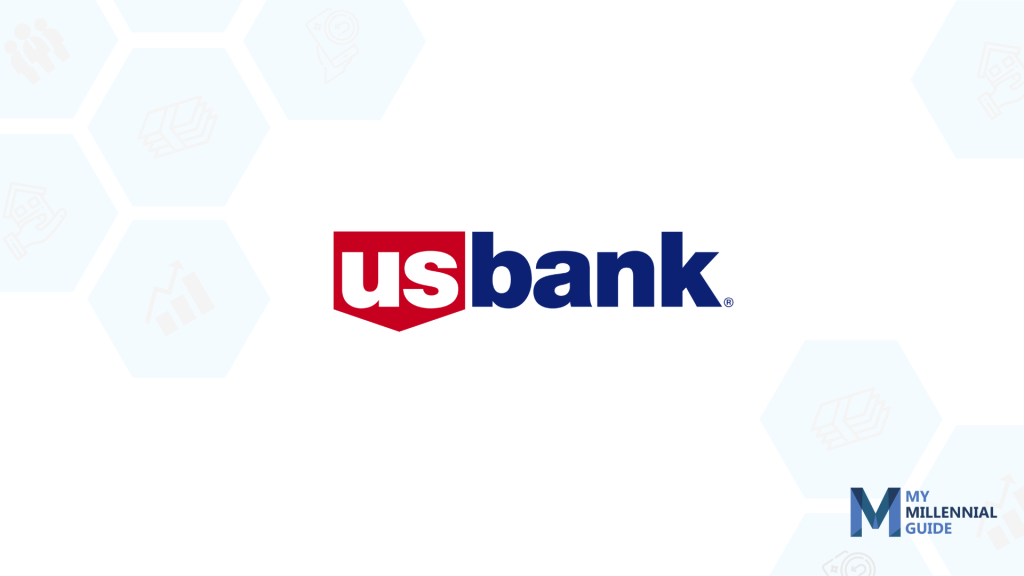
Overdraft your U.S. Bank account and you’ll see a $36 overdraft charge on your account statement. While U.S. Bank overdraft fees are high compared to other banks that don’t charge these fees, you can avoid paying this fee by overdrawing your account less than $50.
Related: U.S. Bank Promotions and Bonuses
Venmo
If you have a Venmo debit card, you won’t be able to overdraw your Venmo bank account. The only way you can “overdraw” is by transferring funds from your linked savings account.
However, Venmo requires that you link the account manually to set up this overdraft coverage. You can also toggle this option on and off if you’d like to gain further power over your spending.
Allowing vs. Declining Overdrafts
Arguments for and against overdrafts are enough for an entire discussion in itself. However, here are a few points to consider if you need to overdraft your account with a debit card:
- Overdraft fees can be less than the fees you’d incur with a late payment.
- Late payments are reported to credit bureaus, while overdrafts are not, unless you let them go for an extended period.
- Declined overdraft transactions can incur a returned check fee.
- Instant declines can make it difficult to fudge your finances a little in times of need.
- An emergency fund can help avoid overdrafts, especially if your emergency fund is a (linked) savings account.
- It’s easy to get caught up in the overdraft cycle, especially when you can dig too deep a hole to recover from.
Taking on an overdraft is a bit like speeding. While it’s not the safest route and you can get in trouble for it, there are a few times when it’s necessary to put the pedal to the metal.
We’re not condoning that you speed by any means. It’s simply a comparison of the risks you take by overdrafting your account when there are other ways to tackle the situation at hand.
Other Ways to Cover Emergency Expenses
The bottom line is that if you don’t have enough cash to cover expenses, it can be high time for a budget. However, there are cash advance apps that can help you if you’re coming up short and need to act fast.
The best cash advance apps offer you up to a $200 cash advance app or more, depending on what you qualify for. The good news is that there are also cash advance apps that work with Varo and cash advance apps that work with Chime.
Here are some other cash advance apps you can use to float you along in hard times:
|
Rating:
5.0
|
|
|
- Get up $750 before payday
- 100% free, no credit check, no fees
- Advance as much as you qualify for, as often as you need
- Advances limited to a maximum amount of $750
- Albert: Need to get $250 right now? Albert will spot you as much as $250 with no credit check, interest, or late fees. Join now and get paid today.
- MoneyLion’s Instacash: Get up to $250 in overdraft coverage with Instacash and your paycheck up to two days early with RoarMoney. MoneyLion includes many other amazing features, including no interest payments, monthly fees, or credit checks.
- Cleo: You’ll need a Cleo Plus membership to access up to $250 in cash advance funds, which costs $5.99 per month. However, Cleo also gives you the tools you need to stick to a budget and save more money for rainy days like those you’re experiencing.
If you have overdrafted your account or you think you might be in jeopardy of having to use your overdraft protection, it can be a good idea to sign up for a cash advance app just in case. While you’re still spending money you don’t have, you could avoid costly overdraft fees that further drain your bank account.
FAQs
Can you overdraft with a debit card?
Yes, you can overdraft with a debit card. However, you’ll need to ensure you opt-in for specific debit card overdraft coverage.
Not all banks will offer this type of coverage. Some banks offer coverage for a particular account, while other accounts from the same bank are not eligible.
Which banks offer overdraft coverage for everyday debit card and ATM transactions?
Chase, Capital One, Bank of America, and PNC Bank all offer overdraft coverage for everyday debit card and ATM transactions. If you’re a member of one of these banks, check your bank account online or via the mobile app to see what your coverage is.
How many overdraft transactions can I have per day?
The limit to how many overdraft transactions you can have in a single day depends largely on your bank. Overdraft fees are typically limited per 24 hours but it’s ultimately the bank’s decision whether or not they approve any or all of your overdrafting transactions.
How can I avoid overdraft fees?
The most direct way to avoid overdraft fees is to opt out of overdraft coverage so your bank immediately declines any overdrafting transactions. However, you may also be able to avoid overdraft fees by bringing your account balance back above $0 the same day you overdraft it, depending on your bank’s overdraft policy.
Overdraft at Your Own Risk
Overdrafts, like any other financial tool, are best used with a goal in mind. At the same time, it’s easy these days to overdraft your account with too many swipes of your debit card.
We hope this article has helped you to see that you can overdraft a debit card. Our guide showed you how to overdraft a debit card if you’ve got the right coverage in play.
We all need a safety net in life, especially when it comes to finances. If you’re living paycheck to paycheck, sometimes overdraft protection can be the benefit of the doubt you need to make ends meet and get through.
Now that you know more about how to overdraft a debit card, you can add one more tool to your financial tool belt. You never know when the knowledge might come in handy, but it will pay off when it does.








